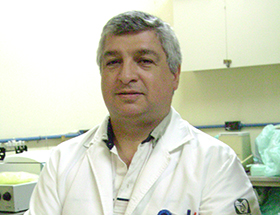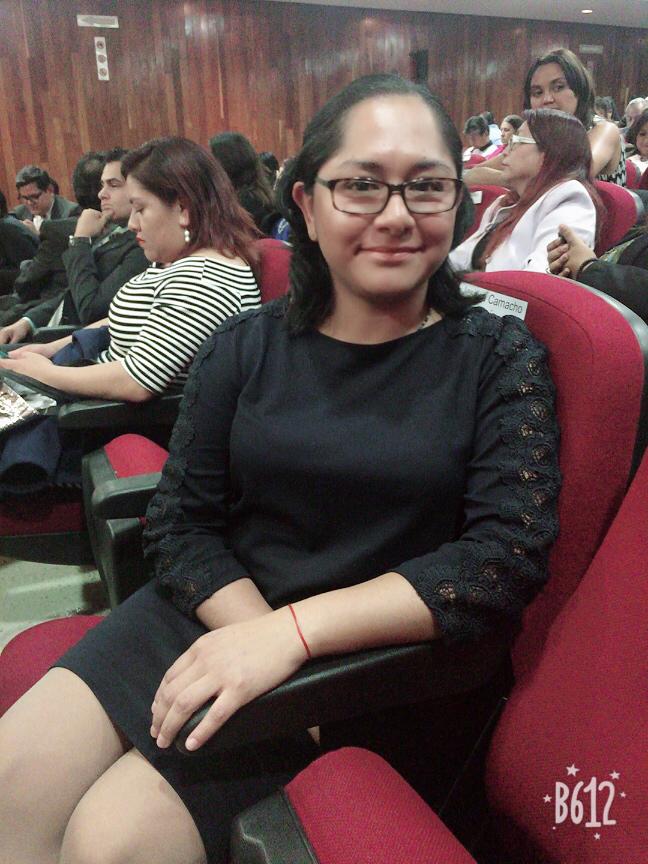
The recent emergence of multidrug-resistant (MDR), extensively drug-resistant (XDR), and totally drug-resistant (TDR) Mycobacterium tuberculosis (MTB) strains have further complicated the control of tuberculosis (TB). There is an urgent need of new molecules candidates to be developed as novel, active, and less toxic anti-tuberculosis (anti-TB) drugs. Medicinal plants have been an excellent source of leads for the development of drugs, particularly as anti-infective agents. In previous studies, the non-polar extract of Diospyros anisandra showed potent anti-TB activity, and three monomeric and five dimeric naphthoquinones have been obtained. In this study, we performed bioguided chemical fractionation and the isolation of eight naphthoquinones from D. anisandra and their evaluation of anti-TB and cytotoxic activities against mammalian cells. The n-hexane crude extract from the stem bark of the plant was obtained by maceration and liquid-liquid fractionation. The isolation of naphthoquinones was carried out by chromatographic methods and identified by gas chromatography and mass spectroscopy data analysis. Anti-TB activity was evaluated against two strains of MTB (H37Rv) susceptible to all five first-line anti-TB drugs and a clinical isolate that is resistant to these medications (pan-resistant, CIBIN 99) by measuring the minimal inhibitory concentration (MIC). Cytotoxicity of naphthoquinones was estimated against two mammalian cells, Vero line and primary cultures of human peripheral blood mononuclear (PBMC) cells, and their selectivity index (SI) was determined. Plumbagin and its dimers maritinone and 3,3'-biplumbagin showed the strongest activity against both MTB strains (MIC = 1.56-3.33 μg/mL). The bioactivity of maritinone and 3,3'-biplumbagin were 32 times more potent than rifampicin against the pan-resistant strain, and both dimers showed to be non-toxic against PBMC and Vero cells. The SI of maritinone and 3,3'-biplumbagin on Vero cells was 74.34 and 194.11 against sensitive and pan-resistant MTB strains, respectively. Maritinone and 3,3'-biplumbagin possess a very interesting potential for development as new drugs against M. tuberculosis, mainly resistant profile strains. Copyright © 2013 Elsevier Ltd. All rights reserved.





.png)
.jpg)




